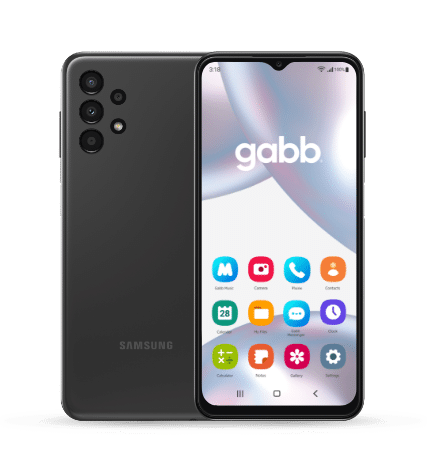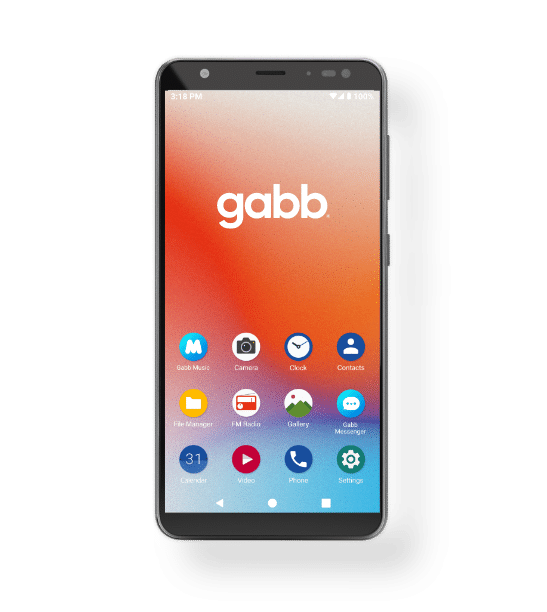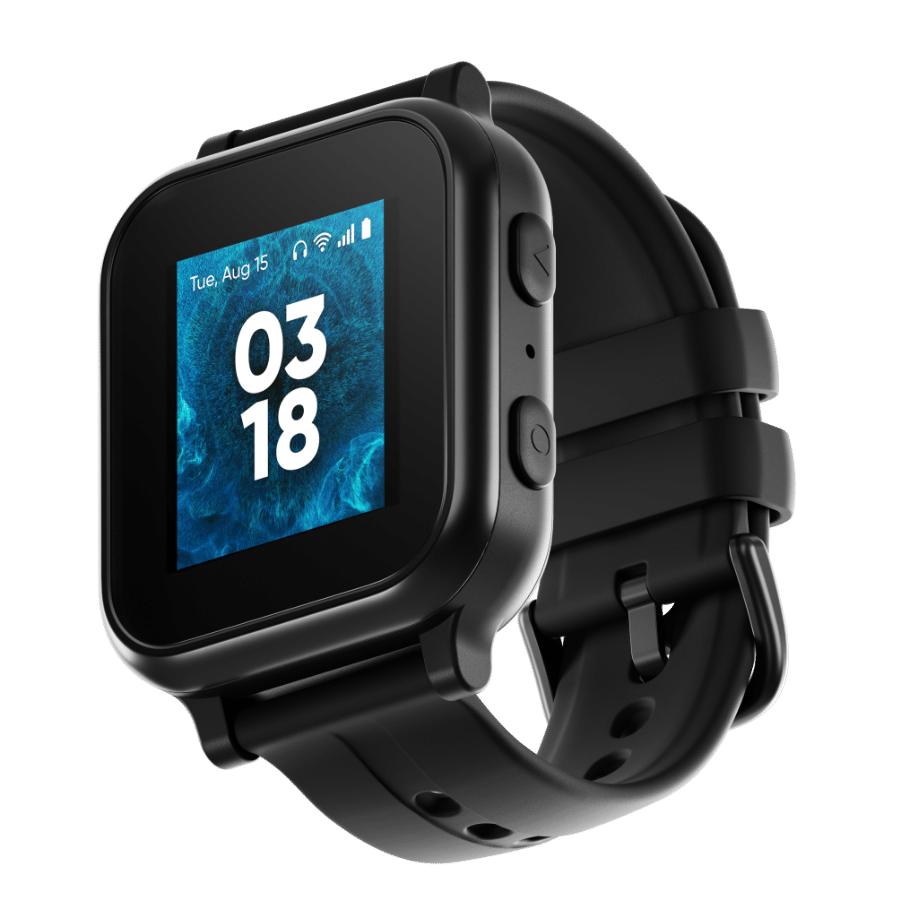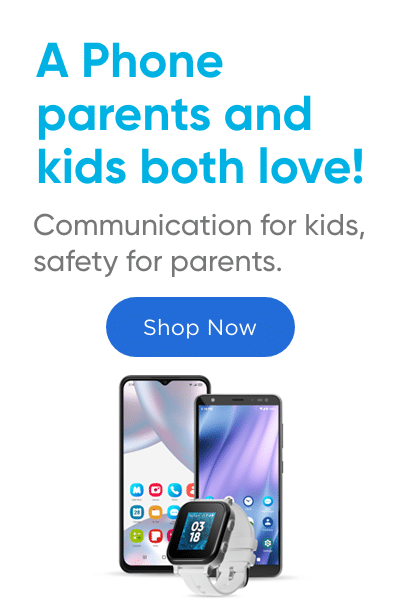Prepping for Your Kid’s Next Smartphone Catastrophe (Device Use and Care)
JUL 19, 2022
Prepping for Your Kid’s Next Smartphone Catastrophe (Device Use and Care)
A whopping 57% of parents reported that their kids had lost or damaged their cell phone in the past 18 months.1
Odds of needing to replace a child’s device being left to a coin toss, it’s important that parents take extra precautions to prevent mishaps from happening in the first place, and reduce costs in the event that they do.
Ways to Prevent Kids from Needing to Replace Their Phone
There are truly 1,000 ways your child’s phone can die, from dropping it on the floor, to washing it in the laundry machine, to submerging it in water at a swimming pool, the list goes on and on.

Studies show that the most common reasons why people need to replace their devices are: screen damage (45%), battery failure (19%), and water damage (12%),2 with younger people proving to be much more likely to break their phone than adults.3
With that being said, here are a few recommendations to help your child take better care of their device:
Teach Responsibility
Whether you’re considering getting your child their first phone or your child already owns their own device, it’s never too late to teach your kid about being responsible.
Smartphones are expensive—the average smartphone costs over $500.4
Depending on your child’s age, this may be the most expensive thing they’ve ever owned. As such, it’s important that your child take care of their device.
Make Them Earn It
If your child doesn’t own their own smartphone yet, consider having them work towards earning one.
They could do household chores like cleaning their room, doing their laundry, or washing the dishes for an allowance.

You could also reward them for demonstrating responsibility in other areas of their lives like getting good grades in school, learning to play a new song on an instrument, or improving in a sport’s activity.
Your child could also earn money by working real jobs that they can manage like mowing lawns, running a lemonade stand, or selling home-baked cookies.
Kids tend to take better care of things that they work hard to earn.
Establish Consequences
If your child has a device, help them understand the consequences if they lose or damage it.

For example, you could explain to your child that they will be responsible to pay for any repairs needed for the device, and—if they lose their device—they will be responsible for buying a new one.
Whatever the consequences are, try to make them attainable for both you and your child so that you can keep your word, and your child can recover from their mistakes.
Kids tend to make better choices when they understand the consequences of their decisions.
Buy Age-Appropriate Devices and Accessories
Aside from teaching your child the importance of being responsible, you can set them up for success by buying them age-appropriate devices and accessories.
Here are a few important considerations:
Smartwatches vs. Smartphones
It’s generally easier for kids to take care of smartwatches than smartphones because smartwatches are less likely to be dropped, lost, or stolen since they are worn on the wrist rather than carried around in a pocket or backpack.

Smartwatches, like the Gabb Watch, also tend to have features designed specifically for younger kids—like parent-managed contacts and an SOS button—that keep kids connected without compromising their safety.
Even though some kids are responsible enough to take care of a smartphone, it doesn’t mean that they are responsible enough to own one. Most smartphones have access to the internet, social media, and other unsafe apps that can expose kids to online predators, explicit content, and cyberbullying.
The Gabb Phone and Gabb Phone Plus are great in-between devices for kids because they look and function just like a smartphone, but don’t have the internet, social media, or any unsafe apps.
Find My Phone Capabilities
Because kids are prone to lose devices, “Find My Phone” capabilities can be a real money-saver.
There are two different types of “Find My Phone” features: (1) GPS tracking and (2) “Play a Sound.”

GPS tracking allows parents to see the general location of their child’s lost device from the parents’ devices. Then, once parents are near the lost phone’s location, they can use the “Play a Sound” feature to make a repeating, audible noise that can lead them right to the lost device.
There are many smart devices that come standard with “Find My Phone” features, like Gabb devices paired with the MyGabb app.
Cases and Screen Protectors
Finally, and this almost goes without saying, the #1 way to prevent kids from needing to replace their phone is getting a phone case.
Phone cases are more effective than screen protectors at protecting against shattered screens, but screen protectors add an extra layer of protection, specifically against scratches that can affect the visibility and functionality of a screen.
There are different types of cases and screen protectors, so it’s important to consider the specific needs of your child before jumping into a purchase.
For example, with phone cases there are slim cases, rugged cases, tough cases, and even waterproof cases. The more adventurous your child is, the tougher the case they’ll need.
When it comes to screen protectors, there are really just two types: tempered glass and plastic. Tempered glass is more durable, but is generally more expensive, so plastic can be a great option for parents who are looking to save a little cash.
Ways to Reduce the Cost of Replacing a Child’s Phone
Even if you teach your child responsibility, establish the right consequences, and buy them an age-appropriate device and accessories, there is still a chance they’ll still need to replace their phone.
In All State’s 2020 Mobile Mythconceptions: Smartphone Owners Survey, 21% of smartphone owners reported that they had damaged their phone while it was in a case.2
For parents who are confident that the suggestions above are not enough to keep a child from breaking or losing their phone, here are a few additional considerations that can help reduce the cost of replacing their device:
Buy an Extended Warranty
Most cell phone manufacturers and service providers offer extended warranties for devices.
Extended warranties typically require a monthly payment and a one-time deductible whenever you need to repair or replace a device. They also don’t cover everything so it’s important that you take the time to understand what’s covered before purchasing.
For example, Gabb’s extended warranty costs $4.99/month for each Gabb device you want covered. Then, any time a Gabb device breaks due to drops, spills, or the occasional swimming pool, you’ll just have to pay a $40-60 deductible (depending on the device) to replace your phone. Loss, theft, and repairs are not covered.
A warranty like Gabb’s would be a good investment for anyone who anticipates their child needing to replace their device within 18 months since it would cost less to pay the monthly fee and the one-time deductible than it would to pay the full retail price for a new device.
Buy Cloud Services
Costs are not only measured by dollars spent, and cloud services are a great way to save on some of the non-monetary costs associated with replacing a device.
Cloud services, like Gabb Cloud, have the ability to digitally back up all of your child’s contacts, photos, videos, and phone settings so that they don’t lose all of their precious data if they lose or break their phone.

With cloud, your child will be able to restore all of their contacts, photos, videos, and phone settings to their replacement device, as if nothing ever happened.
Repairs or Low-Cost Replacements
Finally, before replacing your child’s device with a brand new one, you could save money by taking the device into a local repair shop to see if it’s fixable, or seeing if there are used devices being sold online.
Depending on the device and the damage you are repairing, repairs can cost anywhere from $50 to over $500, but that can still be better than paying full price for a new phone.
As for used devices, you can generally save up to 50-60% on a device by buying it used. Just make sure you have the chance to prove that it’s working before you fork over any cash.
Conclusion
To conclude, kids are accident-prone—statistics show that there’s more than a 50% chance that your child will lose or break their device within 18 months.
But just because the odds of your child needing a replacement phone are not in your favor doesn’t mean that it’s inevitable.
Teaching kids responsibility and buying them age-appropriate devices and accessories can make a huge difference in preventing smartphone catastrophes from happening in the first place.
And, in the case that your prevention methods don’t work, there are other ways that you can lower the cost of replacing a device like buying an extended warranty, buying a cloud service, repairing a device instead of replacing it, or buying a used device that you know works.
Whatever you decide to do, there’s no such thing as being “too prepared” when it comes to kids and smartphones.
1Back to School: What’s the Best Age to Get a Cell Phone?












Success!
Your comment has been submitted for review! We will notify you when it has been approved and posted!
Thank you!